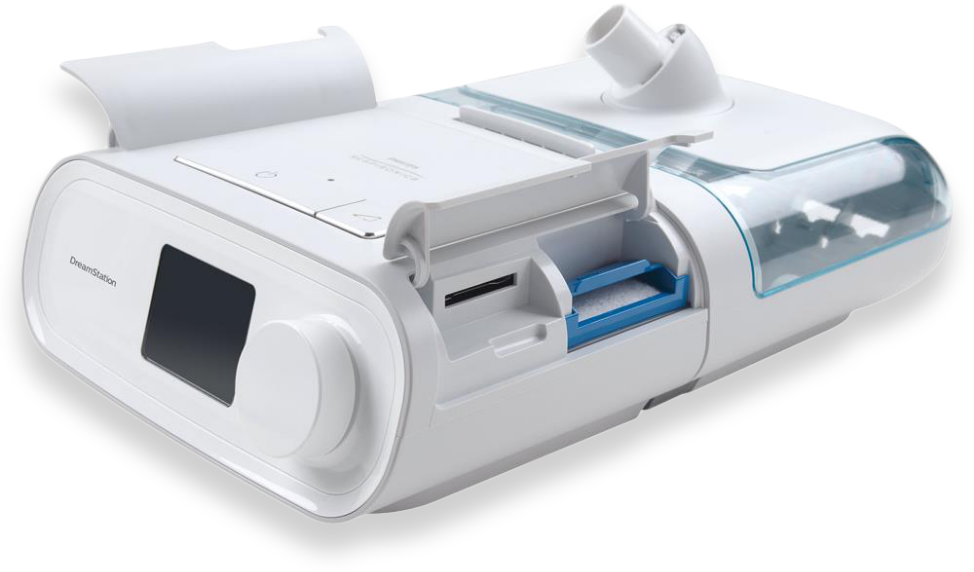Nebulizer Vs. Ventilator: What Is The Difference?
As technology progresses to become more advanced, the density of medical equipment in the industry increases. Today, with the various medical devices available to aid patients with managing their respiratory illnesses, it can be confusing to differentiate between a nebulizer and a ventilator – especially when it comes to their functions, purposes, and types of treatments they should be used for. Here are some features of the nebulizer and ventilator you should look out for.
What Is a Nebulizer?
If you or your child are suffering from any respiratory illness or disease, nebulizer should be a term that is familiar to you by now. It is designed to dispense prescription medications for respiratory-related treatments by dissolving the medicine into a light mist that the individual can inhale through a mouthpiece. This helps open the airways to the lungs, and the doctor will prescribe this to patients who suffer from common ailments like asthma and allergies, and various respiratory diseases.
This device comes in two main models – a portable kind that can be used on the go or a home model usually placed on tabletops.
Types of Nebulizers
As nebulizers are powerful medical equipment, you will need a doctor’s or pediatrician’s prescription to purchase a nebulizer. They also usually come in three types – ultrasonic, mesh, and jet.
The ultrasonic nebulizer creates a form of aerosol through high-frequency vibrations, and this type usually makes larger forms of particles. On the other hand, the mesh nebulizer passes the medication through a very fine and thorough mesh to create the aerosol and usually dispenses the minuscule particles. However, there’s a catch – it is usually the costliest. Lastly, the jet nebulizer utilizes compressed air to create the aerosol and deliver the medicine.
What Is a Ventilator?
Recognized by many as a “breathing machine”, this device helps the patient breathe and pumps oxygen into their body. Air from the ventilator goes through a tube placed in the mouth and inserted in the windpipe; it usually comes in the form of a bedside machine. Your doctor can program the device to help you take a certain number of breaths per minute or intervene when you need help breathing – this usually happens when it detects that you haven’t taken a breath after a period.
Patients who require the ventilators are usually recovering from respiratory-related conditions like COVID-19 (causing lung inflammation) or lung disease, which makes it challenging to breathe. In addition, those undergoing or recovering from surgery might need the ventilator to assist them with breathing.
While using the ventilator, the patient will be unable to eat, drink and talk. They also might feel uncomfortable as the breathing tube is inserted into their windpipe. In this case, an IV tube will be placed in their vein to deliver the daily nutrition they need.
Types of Ventilators
Most often, the types of ventilators you will use at home are noninvasive mechanical ventilators. They come with masks and are usually available in three varieties – auto-titrating positive airway pressure (APAP) that changes its amount of air pressure according to the breathing pattern; continuous positive airway pressure (CPAP), which delivers consistent air pressure; and bilevel positive airway pressure (BiPAP) which provides different amounts of pressures for exhalation and inhalation while a needle is inserted in your veins.
Your First Choice
At Patient Solutions, we are committed to delivering you the highest-quality, top-of-the-line equipment to suit your medical needs. We take pride in being the number one choice for our active-duty military personnel, veterans, and their families. While we are based in San Antonio, we are happy to offer our services and equipment to any business or individual based in the United States.

